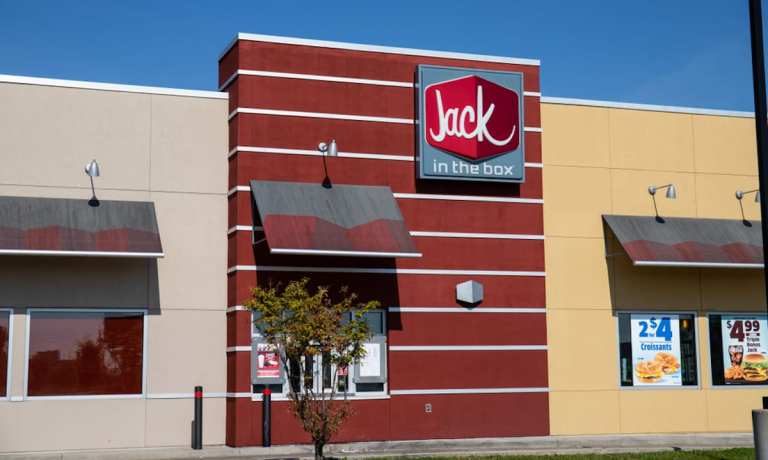
It’s an understatement to say that the pandemic has produced major operational changes for QSRs. Restaurants have been shifting their focus to digital, improving drive-thru and pickup options, and adopting new technologies to enable COVID-safe transactions. While these adaptations have been vital to businesses’ mid-pandemic survival, savvy QSRs are retooling more than just their operations. After all, the pandemic was a life-altering event for most consumers, requiring businesses to make a comprehensive reevaluation at every level. Leading QSRs are adjusting their menus to meet both the financial demands of this difficult time and the dietary habits of COVID-era consumers.
Many chains are cutting back on food preparation costs by simplifying their menus. These changes may be made in response to sourcing concerns, leading QSRs to favor items with ingredients that will be reliably available at all locations, reports McKinsey & Company. Some restaurants are streamlining to include just the most popular items, making sure each offering is pulling its weight. On the other hand, some are building out their delivery menus, offering more options on channels that consumers are frequenting the most. New menu items also pose an opportunity to bring consumers back for in-restaurant dining as the vaccine rolls out.
Other menu changes have been made in response to consumers’ changing appetites. In PYMNTS’ How We Eat report in June, researchers found that consumers’ diets are polarizing, with both more nutritious choices and more familiar comfort foods increasing in popularity: 39 percent of those surveyed are eating healthier foods and 40 percent reported eating more “indulgent” fare.
Jack in the Box, for one, has seen strong results by catering to guests’ desire for indulgence. The chain has been taking advantage of consumers’ turn toward digital to market more effectively online, driving sales with premium offerings like its Jumbo Breakfast Platter and Ultimate Bacon Cheeseburger, according to QSR Magazine. The chain also differentiates itself by offering these indulgences at any time of day. As Carol DiRaimo, interim vice president of investor relations, told the magazine, “If I want tacos at 9 a.m. or a breakfast platter at 3 p.m., we give consumers that option.”
In fact, demand for familiar indulgences is so high that many QSR customers are creating petitions to demand the return of former favorites, reports The Wall Street Journal. While restaurants have seen positive results from streamlining their menus, popular chains are receiving a slew of requests to bring back the booted items. Change.org told WSJ that the number of petitions on the platform to bring back old fast-food menu offerings increased by two-thirds in the last year to around 1,900. McDonald’s all-day breakfast, Taco Bell’s Mexican Pizza, KFC’s potato wedges and Panera’s Chicken Tortellini Alfredo are among the comfort foods in high demand.
Of course, not all consumers are looking for indulgences all the time. Many small QSR chains that meet consumers’ need for healthy meal options have also seen increased demand in the past year. According to QSR Magazine, restaurants offering wholesome foods — nutritious foods that do not necessarily cater to hyper-specific fad diets — have been an appealing option for consumers looking to feel their best in a difficult year. Bryce Anderson, owner of the restaurant chain Vinaigrette Salad Kitchen, told the magazine, “I think we’re seeing an increase in traffic because people are at home and want to continue leading wholesome and vibrant lives despite being restricted from their regular routines.”
In the most recent Order to Eat report, created in partnership with Paytronix, PYMNTS researchers found that many of consumers’ mid-pandemic behaviors will continue in the coming years. For example, 87 percent of consumers who shifted to mainly ordering food online since March plan to continue to order in this fashion “somewhat” as often as they currently do. It is unclear how many of consumers’ COVID-era cravings will continue into the post-vaccine world, and how many will prove to be short-lived. What is clear is that QSRs will be forever changed by the events of the past year.